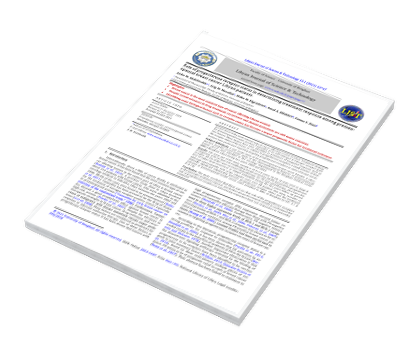Role of progesterone receptor status in determining treatment response among premen-opausal breast cancer Libyan patients.
DOI:
https://doi.org/10.37376/ljst.v13i1.2273Abstract
Breast cancer is the most common type of cancer affecting women in Libya. Treatment strategy for premenopausal women involves Tamoxifen as an anti-estrogen in estrogen receptor-positive tumors. Many factors have been identified as predictors of treatment response, such as the receptor status of the tumor. In relation to progesterone receptors, a small number of studies have been performed regarding targeting progesterone receptors in cases of breast cancer. Subject &Methods: a case series study of 46 premenopausal breast cancer females. A retrospective hospital record-based study of the clinicopathological features of premenopausal breast cancer cases admitted to the oncology department in the Benghazi medical center (BMC) Benghazi, Libya during two years, 2010 and 2013. Results: The mean age of the study sample is 39.9×5.6 years, 56.5% of cases were in stage II at diagnosis, 47% of cases were infiltrating ductal carcinoma, 84.8% had positive progesterone receptor, 89.1% of the cases received Chemotherapy, 95.7% had radiotherapy, 28.3 had a history of either local recurrence or distant metastasis during the five years follow up period. Although approximately 92% of the relapsed cases were PR positive, this study revealed no statically significant relationship between progesterone receptor status and the treatment outcome in premenopausal breast cancer cases admitted to BMC at Benghazi (x219= 4.7 & P=0.74). Conclusion: The study concluded that there was no clear role of the progesterone receptors in the tamoxifen treatment response, and further advanced research needed to understand the role of progesterone receptors in determining responders from non-responders to Tamoxifen treatment.
Downloads










 LJST Copy rights form
LJST Copy rights form


